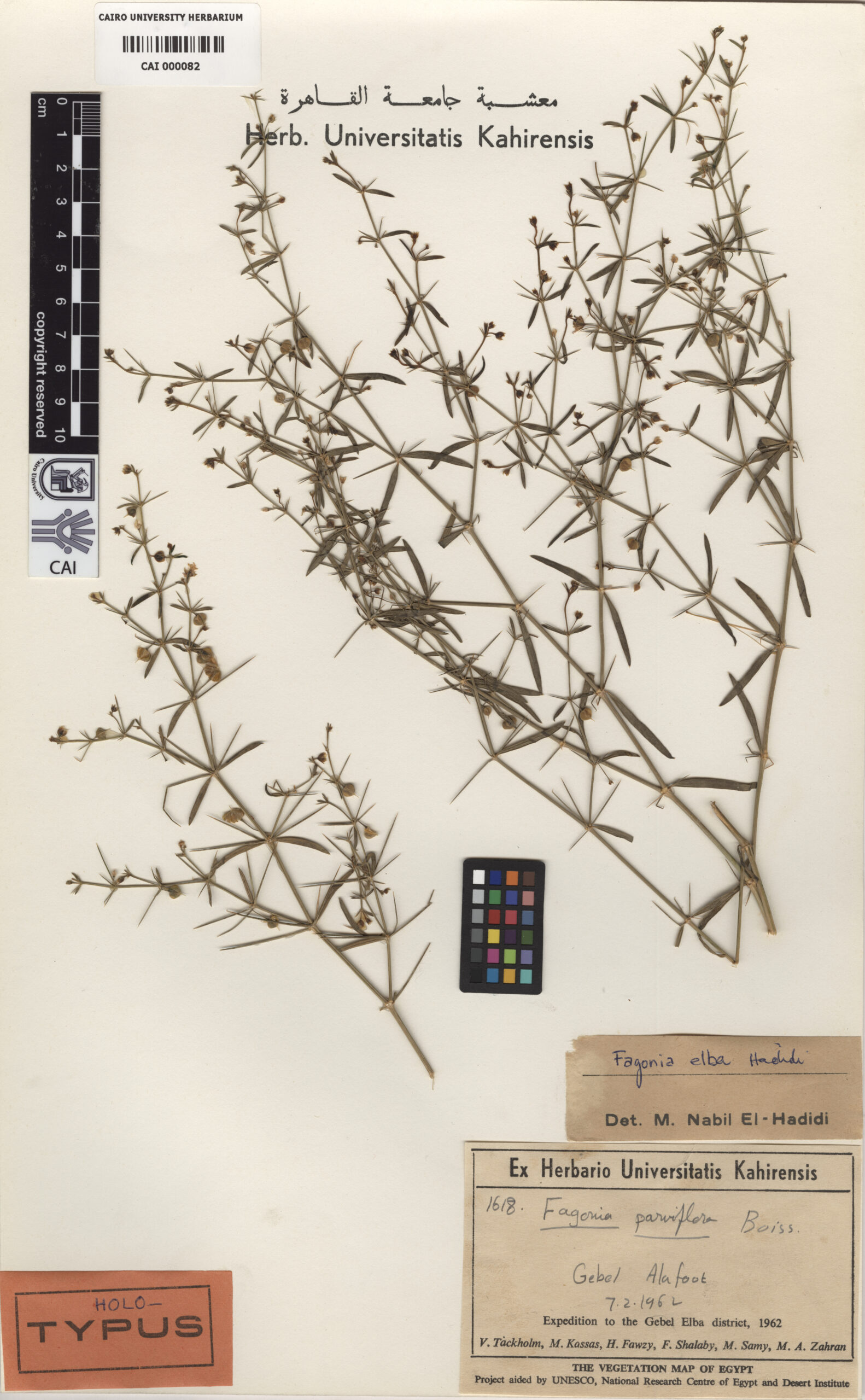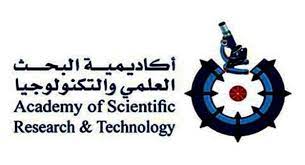

Description of the project
The Cairo University Herbarium proposes to establish a National Network of Egyptian Herbaria (FLORAEGYPT) that will provide high tech information on plants of Egypt, as well as other countries of the world. The data and digital images of plant collections and labels of the herbarium specimens in 14 major Egyptian herbaria that incorporated in this project will be available to anyone with interest. Funding the e-herbaium will enable the Cairo University Herbarium (about 250,000 specimens) and its partner herbaria (about 200,000 specimens) to digitize the Egyptian plants. This database will expand and extend the services and benefits rendered to worldwide scientists and end-users of various categories and to society at large.
The project’s major activities will be designed explicitly to achieve these goals.
First, we will create a database of specimen data of plants occurring in Egypt and housed at the Cairo University Herbarium and the other three participating herbaria. Second, we will capture high resolution images of representative specimens of each species. Enhancing the functionality of digital herbarium by adding colour habitat photos of selected taxa and developing mapping capabilities is a complementary target. Third, we will work towards integrating and exchanging botanical information with other international herbaria. Scientific publications are expected from the botanical surveys and database creation process.
At a later stage, we will link with other herbaria and botanical gardens in Egypt, as well as with UNESCO and databases of foreign herbaria having plant specimens from Egyptian and from other Arab countries. The impact of this project is mainly to assist botany researchers in getting fast and accurate information about Egyptian plants for various uses (medicinal, agricultural, ornamental, etc.).


Strong partnership and cooperation accords will be established with all Departments of Botany, Plant Protection, Crop Science, Medicinal Plants and Pharmacognosy in Egyptian Universities and Research Centres as well as with National Herbaria and Botanical Gardens. It will be possible to scan specimen sheets and suitable material for their own benefit.


